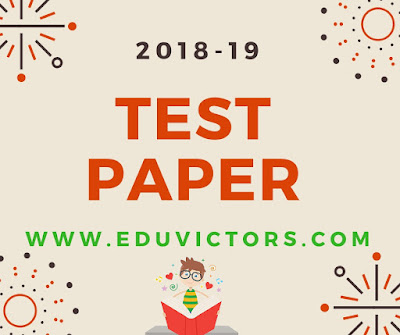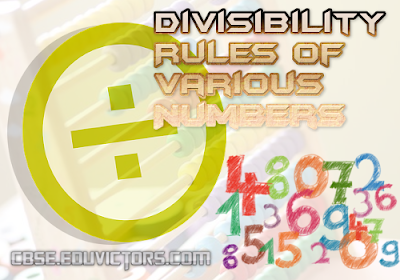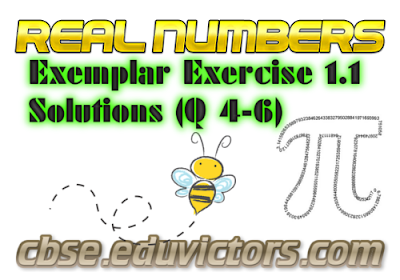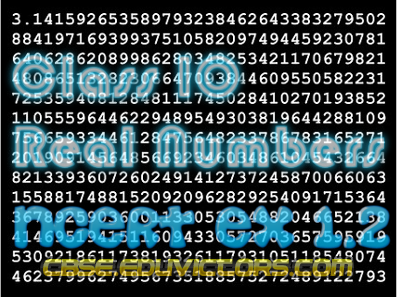Euclid's Window: The Story of Geometry from Parallel Lines to Hyperspace
Must Read Book For Mathematics Students and Teachers
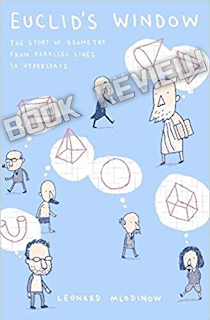 |
| Euclid's Window - Buy Ebook or Hard Copy |
Through Euclid's Window Leonard Mlodinow brilliantly and delightfully leads us on a journey through five revolutions in geometry, from the Greek concept of parallel lines to the latest notions of hyperspace. Here is an altogether new, refreshing, alternative history of math revealing how simple questions anyone might ask about space in the living room or in some other galaxy have been the hidden engine of the highest achievements in science and technology.
Mlodinow reveals how geometry's first revolution began with a "little" scheme hatched by Pythagoras: the invention of a system of abstract rules that could model the universe. That modest idea was the basis of scientific civilization. But further advance was halted when the Western mind nodded off into the Dark Ages. Finally in the fourteenth century an obscure bishop in France invented the graph and heralded the next revolution: the marriage of geometry and number. Then, while intrepid mariners were sailing back and forth across the Atlantic to the New World, a fifteen-year-old genius realized that, like the earth's surface, space could be curved. Could parallel lines really meet? Could the angles of a triangle really add up to more or less than 180 degrees? The curved-space revolution reinvented both mathematics and physics; it also set the stage for a patent office clerk named Einstein to add time to the dimensions of space. His great geometric revolution ushered in the modern era of physics.

